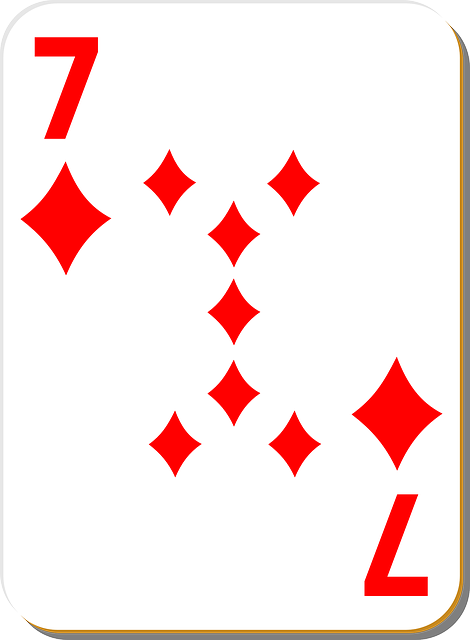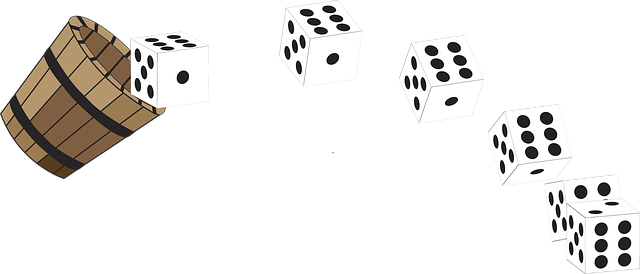This section explains betting odds as a crucial tool for strategic gambling, highlighting their role in measuring event probability. It introduces three main formats – decimal, fractional, and American odds – each showing potential payouts uniquely. Understanding these odds empowers bettors to make informed decisions, manage risk, and maximize returns.
Betting odds explained: Unlocking the secrets behind successful sports wagering. This comprehensive guide dives into the fundamentals of betting odds, demystifying their significance in strategic betting. From decimal, fractional, and American odds formats to interpreting their probabilities, we empower you to make informed decisions. Learn how to calculate potential winnings, identify value bets, compare odds, and employ advanced strategies like hedging and accumulators. Master the art of betting odds for enhanced winning potential.
- Understanding the Basics of Betting Odds
- – Definition and significance of betting odds
- – Types of betting odds: Decimal, Fractional, American
Understanding the Basics of Betting Odds

Betting odds are a fundamental concept in gambling, representing the likelihood of an event occurring and providing a crucial tool for bettors to make informed decisions. They are essentially a numerical expression of the probability that a specific outcome will happen. The basic formula is simple: if you bet on an event with odds of 2/1 (often written as 2.0), it means that for every unit wagered, you’ll receive two units in return—plus your initial stake—if the event comes true. This simple yet powerful mechanism allows bettors to assess risk and potential rewards.
Understanding betting odds is essential for anyone looking to employ effective strategies. Odds can be represented in various formats, such as fractional, decimal, or American (moneyline), each offering a unique perspective on the same data. Fractional odds, for instance, show the number of units won for every unit betted, while decimal odds express the potential return on investment, including the stake. By grasping these fundamentals, bettors can begin to interpret and utilize odds to their advantage, making more calculated risks and potentially increasing their chances of success in the world of gambling.
– Definition and significance of betting odds

Betting odds, a fundamental concept in gambling and sports wagering, represent the mathematical expression of the likelihood of a particular event occurring. They serve as a crucial tool for both bookmakers and bettors, offering valuable insights into potential outcomes and the associated risks and rewards. By understanding betting odds, individuals can make more informed decisions, strategize effectively, and potentially increase their chances of winning.
The significance of betting odds lies in their ability to provide a standardized measure of probability. Odds are typically expressed as fractions or decimals, making it easier for bettors to compare different events and place wagers accordingly. For instance, if a team is favored, its odds will be lower, reflecting the higher likelihood of victory, while longer odds indicate an event with lower chances but potentially greater rewards. This knowledge empowers bettors to assess value, manage risk, and employ various strategies tailored to their preferences and expertise.
– Types of betting odds: Decimal, Fractional, American

When it comes to understanding betting odds explained, there are three main formats that players often encounter: Decimal, Fractional, and American. Each represents a unique way of expressing potential payouts on a wager. Betting Odds Explained starts with Decimal odds, which display the potential return on investment in decimal form. For example, a bet on a favorite team might be listed as 1.50, meaning for every unit staked, you can expect to gain an additional 50 cents. Fractional odds, on the other hand, represent the ratio of the payout to the stake. A fractional odd like 4/1 means that for every unit bet, you’ll receive four units in return if successful.
American odds, as the name suggests, are commonly used in the United States and present the potential profit as a fraction of the wager. For instance, -200 odds imply that the bettor must stake $200 to win $100. While these formats may seem different, they all serve the same purpose: Betting Odds Explained aims to inform bettors about the potential returns and risks associated with their bets, empowering them to make more strategic decisions.
Betting odds are an essential tool for any sports enthusiast looking to maximize their potential wins. By understanding the different types, such as Decimal, Fractional, and American formats, and grasping their underlying significance, you can make more informed decisions when placing bets. This knowledge equips you with powerful strategies to enhance your overall betting experience, making it a crucial step towards achieving success in the world of sports wagering. “Betting Odds Explained” is thus not just about the mechanics but also about unlocking the full potential of your betting journey.






